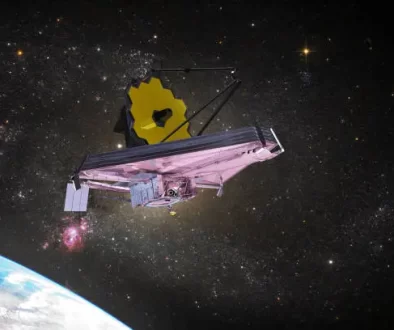Exploring the Kardashev Scale: Predicting the Future of Civilizations
We’ve reached a juncture where we can predict the future of civilizations. Follow along as I elucidate The Kardashev scale. This scale ranks a civilization’s technological prowess based on its ability to manipulate and harness energy.
The Origins of the Kardashev Scale
The inception of this scale dates back to 1964, credited to the Russian astronomer Nikolai Semenovich Kardashev. He devised this scale while seeking signs of extraterrestrial life through cosmic signals, proposing a ranking system for these hypothetical civilizations contingent on their energy utilization.
Understanding the Scale
The Kardashev scale was conceived as a means to gauge a civilization’s technological progress relative to the quantity of usable energy it possesses. The scale delineates three primary types aligning with astrophysical structures in our local universe. The fundamental calibration relies on three energy positions on the scale, corresponding to the capability to effectively manage the energy resources of an inhabited planet (Type I), the star of their respective solar system (Type II), and its galaxy (Type III). Astronomers have further extended the scale to encompass Type IV and Type V.

Potential of the Kardashev Scale
Potential civilizations aligning with the Kardashev scale can encompass both terrestrial and purportedly extraterrestrial societies. The reason humanity hasn’t achieved Type I status is due to our continued reliance on deceased plants and animals for our energy needs on Earth, categorizing us as a humble Type 0 civilization. We have a substantial journey ahead before advancing to a Type I civilization.
Predictions and Projections
According to Carl Sagan, during the Industrial Revolution in 1900, our terrestrial civilization rated at 0.58 on the scale, and by 2012, it had elevated to 0.72. Freeman Dyson’s estimation foresees our progression to Type I in 100-200 years, Type II in 11,200 years, and Type III in 100,000 to 1,000,000 years.
Let’s closely examine the characteristics of the four energy positions and what these categories signify in literal terms.
Type 1 Civilization
A type-0 civilization draws its energy mainly from sources where energy forms are mildly stored, predating the specific types 1, 2, and 3. Our current culture belongs to type-0, utilizing sources such as coal, oil, or natural gas.
Type I
A Type I civilization possesses complete control over its host planet’s energy. In this phase, we would have the capability to govern Earth entirely, taming and utilizing all the energy offered by our planet, which we fully control.
Type II
The subsequent stage is a Type II civilization. At this level, the inhabitants making up the civilization can harness the power of their mother star, the Sun, not only by converting the star’s light into energy but also by controlling the star itself.
Type III
In addition to a Type III culture, a species transforms into an intergalactic traveler, equipped with comprehensive knowledge of all matters pertaining to energy.
Type 4 Civilization
Type IV signifies an extension of the scale, representing a supergalactic civilization capable of traversing the entire universe and harnessing the energy output of multiple possibly all galaxies.
Theoretical Constructs and Applications
One conceivable method of fully harnessing energy from astronomical sources is through a Dyson sphere. This hypothetical megastructure encloses a star and accumulates the star’s emitted energy.
Transition to a Type I Civilization
Let’s now delve deeper into the transition from Type 0 to Type I Civilization and contemplate whether we’ll attain it. As previously mentioned, we can estimate when we’ll reach Type I, and the answer is approximately within 100 years.
An Alternative Perspective
There’s evidence suggesting that we are closer to achieving Type I status than we might think. For human civilization on Earth, indications of transitioning from a Type 0 to a Type I civilization include the taming of nuclear energy, globalization efforts in technology, language, culture, the political system, successful earthquake prediction, and the ability to induce earthquakes.
Appreciating the Journey
Now that we comprehend the Kardashev scale and have concrete examples from our daily lives that indicate our approach to Type I, we can view our daily routine with heightened appreciation. It’s inconsequential whether we reach the final pinnacle of the scale. The very notion that we’ve envisioned and aspired to this possibility fills us with joy.
So I hope you find this article informative. Thank you for visiting!



